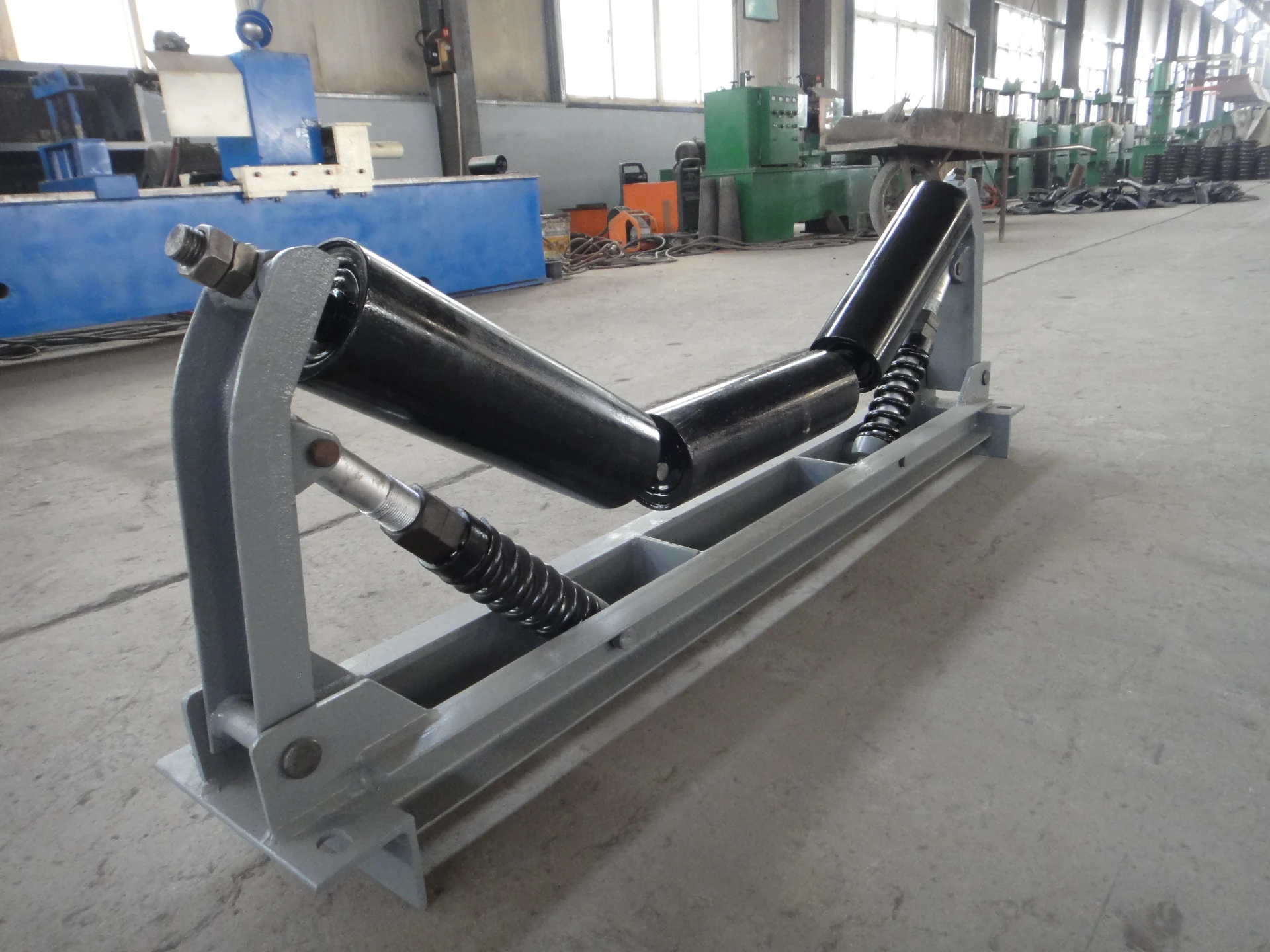 Afrikaans
Afrikaans  Albanian
Albanian  Amharic
Amharic  Arabic
Arabic  Armenian
Armenian  Azerbaijani
Azerbaijani  Basque
Basque  Belarusian
Belarusian  Bengali
Bengali  Bosnian
Bosnian  Bulgarian
Bulgarian  Catalan
Catalan  Cebuano
Cebuano  Corsican
Corsican  Croatian
Croatian  Czech
Czech  Danish
Danish  Dutch
Dutch  English
English  Esperanto
Esperanto  Estonian
Estonian  Finnish
Finnish  French
French  Frisian
Frisian  Galician
Galician  Georgian
Georgian  German
German  Greek
Greek  Gujarati
Gujarati  Haitian Creole
Haitian Creole  hausa
hausa  hawaiian
hawaiian  Hebrew
Hebrew  Hindi
Hindi  Miao
Miao  Hungarian
Hungarian  Icelandic
Icelandic  igbo
igbo  Indonesian
Indonesian  irish
irish  Italian
Italian  Japanese
Japanese  Javanese
Javanese  Kannada
Kannada  kazakh
kazakh  Khmer
Khmer  Rwandese
Rwandese  Korean
Korean  Kurdish
Kurdish  Kyrgyz
Kyrgyz  Lao
Lao  Latin
Latin  Latvian
Latvian  Lithuanian
Lithuanian  Luxembourgish
Luxembourgish  Macedonian
Macedonian  Malgashi
Malgashi  Malay
Malay  Malayalam
Malayalam  Maltese
Maltese  Maori
Maori  Marathi
Marathi  Mongolian
Mongolian  Myanmar
Myanmar  Nepali
Nepali  Norwegian
Norwegian  Norwegian
Norwegian  Occitan
Occitan  Pashto
Pashto  Persian
Persian  Polish
Polish  Portuguese
Portuguese  Punjabi
Punjabi  Romanian
Romanian  Russian
Russian  Samoan
Samoan  Scottish Gaelic
Scottish Gaelic  Serbian
Serbian  Sesotho
Sesotho  Shona
Shona  Sindhi
Sindhi  Sinhala
Sinhala  Slovak
Slovak  Slovenian
Slovenian  Somali
Somali  Spanish
Spanish  Sundanese
Sundanese  Swahili
Swahili  Swedish
Swedish  Tagalog
Tagalog  Tajik
Tajik  Tamil
Tamil  Tatar
Tatar  Telugu
Telugu  Thai
Thai  Turkish
Turkish  Turkmen
Turkmen  Ukrainian
Ukrainian  Urdu
Urdu  Uighur
Uighur  Uzbek
Uzbek  Vietnamese
Vietnamese  Welsh
Welsh  Bantu
Bantu  Yiddish
Yiddish  Yoruba
Yoruba  Zulu
Zulu Designing Efficient Conveyor Belt Systems with High-Performance Pulleys and Components
Understanding Conveyor Belt Pulleys An Essential Component in Material Handling
Conveyor belt systems are a crucial aspect of material handling across various industries, including manufacturing, warehousing, and logistics. One of the most important components in a conveyor system is the pulley. This article will explore the roles of conveyor belt pulleys, their types, and the significance of their maintenance in ensuring efficient operations.
What is a Conveyor Belt Pulley?
A conveyor belt pulley is a cylindrical device that serves as a support for the conveyor belt, facilitating its movement. It plays an essential role in providing tension, guiding the belt, and allowing for smooth operation. Pulleys are typically mounted on shafts and can be powered or non-powered, depending on their application.
Types of Conveyor Belt Pulleys
1. Drive Pulley The drive pulley is the primary component that powers the conveyor system. It is often connected to a motor and helps to provide the necessary force to move the belt and any material on it.
2. Idler Pulley Idler pulleys support the weight of the belt and material being transported but do not drive the system. They help maintain belt tension and alignment, ensuring that it travels smoothly.
3. Tail Pulley Found at the end of the conveyor belt, the tail pulley is designed to help return the belt to its starting position. It is typically non-powered and allows the belt to loop back without causing wear and tear.
4. Snub Pulley This type of pulley is used to increase the contact angle between the drive pulley and the belt, enhancing traction. Snub pulleys help improve the efficiency of the conveyor system.
5. Take-Up Pulley A take-up pulley adjusts the tension of the conveyor belt during operation. Proper tension is crucial for preventing excessive wear and ensuring consistent performance.
The Role of Pulleys in Conveyor Systems
conveyor belt pulley

The effectiveness of a conveyor system largely depends on its pulleys. They ensure that the belt operates under optimal conditions, which in turn helps to prevent slippage, reduce wear, and maintain a steady flow of materials. Improperly functioning pulleys can lead to significant issues, including belt misalignment, increased maintenance costs, and even production downtime.
Maintenance of Conveyor Belt Pulleys
To ensure the longevity and efficiency of conveyor belt pulleys, regular maintenance is vital. Here are some key maintenance practices
1. Regular Inspection Routine checks for wear and tear, including any signs of damage, misalignment, or excessive dirt buildup, are critical for identifying potential issues before they escalate.
2. Lubrication Proper lubrication of bearings and other moving parts minimizes friction and prevents overheating, which can lead to premature failure.
3. Belt Tension Checks Maintaining the right belt tension helps prevent slippage and ensures smooth operation. Operators should regularly check and adjust the tension as needed.
4. Replacement of Worn Parts Any pulleys showing signs of excessive wear should be replaced promptly to maintain optimal performance and prevent further damage to the system.
5. Alignment Adjustments Ensuring that pulleys are correctly aligned is essential for effective operation. Misaligned pulleys can lead to excessive wear on the belt and other components.
Conclusion
In conclusion, conveyor belt pulleys are indispensable components of any conveyor system. Understanding the functions and types of pulleys, along with implementing proper maintenance practices, can significantly enhance the efficiency and longevity of a conveyor system. As industries continue to rely on conveyor systems for seamless material handling, the importance of pulleys and their upkeep cannot be overstated. Proper management of these components translates to smoother operations, reduced downtime, and ultimately, increased productivity.
-
Revolutionizing Conveyor Reliability with Advanced Rubber Lagging PulleysNewsJul.22,2025
-
Powering Precision and Durability with Expert Manufacturers of Conveyor ComponentsNewsJul.22,2025
-
Optimizing Conveyor Systems with Advanced Conveyor AccessoriesNewsJul.22,2025
-
Maximize Conveyor Efficiency with Quality Conveyor Idler PulleysNewsJul.22,2025
-
Future-Proof Your Conveyor System with High-Performance Polyurethane RollerNewsJul.22,2025
-
Driving Efficiency Forward with Quality Idlers and RollersNewsJul.22,2025





























